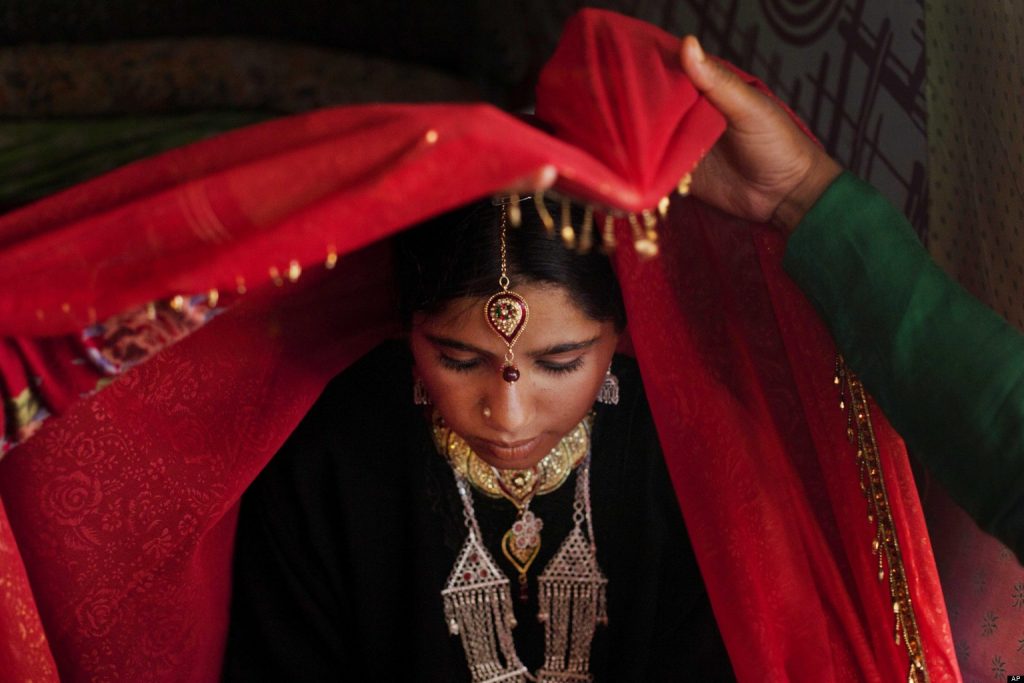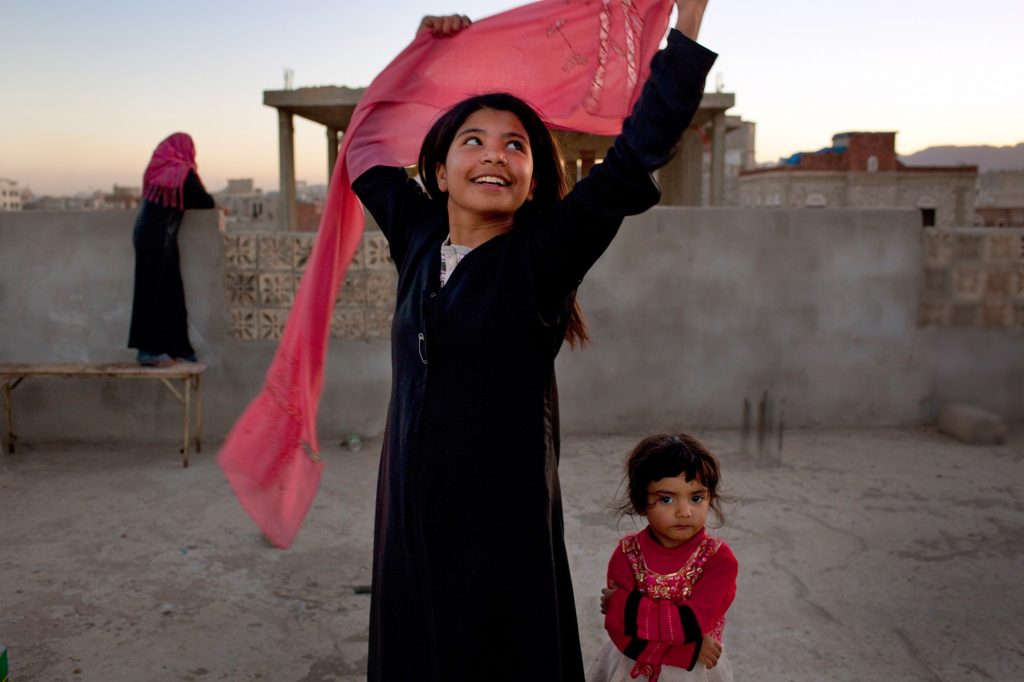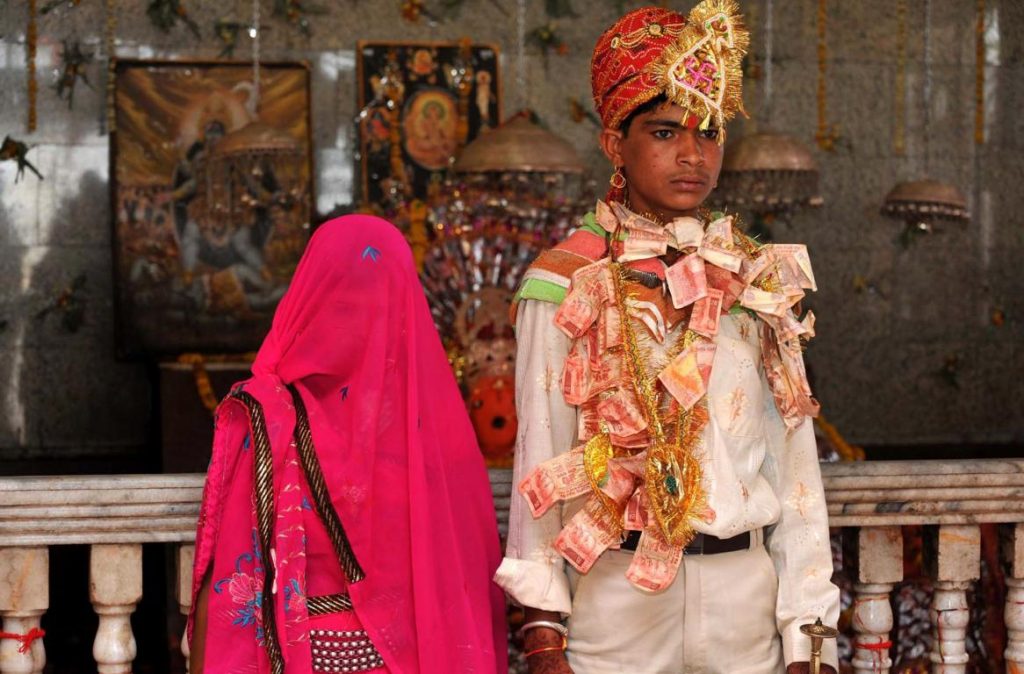The post Child marriages have reduced in India, according to UNICEF’s report appeared first on FWD Life | The Premium Lifestyle Magazine |.
]]>Text Credit: Shibul Pavithran
Just days before the world celebrates International Women’s Day, there is some great news emerging out of India. According to a recent report published by the United Nations Children’s Fund (UNICEF), the proportion of girls undergoing child marriage in India has come down by nearly half over the past decade.
UNICEF said 25 million child marriages were prevented worldwide in the last decade, with the largest reduction seen in South Asia – where India was at the forefront.
25 million child marriages were prevented in the last decade due to accelerated progress.
While this is a positive trend, the road is long and we must double our efforts worldwide to #ENDChildMarriage once and for all. https://t.co/hHYW0dET4Q pic.twitter.com/5zsbGteDvR
— Henrietta H. Fore (@unicefchief) March 6, 2018
“India constitutes more than 20 percent of the world’s adolescent population and accounts for the highest number of child marriages in South Asia given its size and population,” said Javier Aguilar, UNICEF’s chief of child protection.
“In the current trend, 27 percent of girls, or nearly 1.5 million girls, get married before they turn 18 in India. This is a sharp decline from 47 percent a decade ago,” he told the Thomson Reuters Foundation.

When a girl is forced to marry as a child, she faces immediate and lifelong consequences. Her odds of finishing school decrease while her odds of being abused by her husband and suffering complications during pregnancy increase. There are also huge societal consequences and a higher risk of intergenerational cycles of poverty. Accompanied by many psychological problems that may remain with them forever or for long periods of time. The chances going through the consequences of marital rape also increase.
Child marriage is not only a violation but also a serious hindrance to the development of any country. Underage marriage disproportionately affects indicators such as female literacy and creates higher morbidity, higher infant mortality rate (IMR), maternal mortality rate (MMR), malnutrition, low birth weights and increases the population of stunted children. Childhood is lost and the freedom to play and learn is also snatched in the process.
In India, child marriages are still prevalent in the state of Kerala, the state with the highest literacy rates. According to a UNICEF report, in India, there were more child marriages in rural areas than urban. Bihar has the highest incidence of child marriage at 68 percent, while Himachal Pradesh with around nine percent has the lowest incidence as per the old reports. India’s Prohibition of Child Marriage Act imposes a fine of Rs 1,00,000 ($1,535) and two years in prison for parents caught trying to marry off their underage children. Despite the law, child marriage remains deeply rooted and accepted in society, and is widespread in parts of the country.
Some Indian states are much worse in child marriages than others. NGOs working in some of the villages along the Nepal border in Uttar Pradesh say that the prevalence rate is as high as 70%. It is the same in predominantly tribal areas of the country. The marriage age among some of the Particularly Vulnerable Tribe Groups (PVTGs) is as low as 12 years for girls. Thankfully, the rest of the country fares better and balances this percentage at the national level.
Changes!
UNICEF estimates that 12 million girls a year are married globally, and says more is needed to end the practice by 2030 – the target set under the UN’s Sustainable Development Goals.
UNICEF’s conclusions on India came after comparing data from its 2006 and 2016 health survey that asked women in the 20-24 age group whether they had married before they turned 18. It also took into account child marriage data from the 2011 census. Jayna Kothari, executive director of the Bangalore-based Centre for Law & Policy Research, who has petitioned the government to declare child marriages invalid, said more action was needed. “Better awareness of the Supreme Court’s verdict would deter child marriages, and declaring them invalid would strengthen India’s laws against them,” she said.

Access to better education for young girls, greater impetus on spreading awareness against the debilitating effects of child marriage by government agencies, and extensive work on the ground by local non-profits have worked wonders. However, there is still a long way to go as child marriages go on in a clandestine manner all over India.
Click Here, to read about a designer’s powerful message on child marriages: A Powerful message against child marriages:
The post Child marriages have reduced in India, according to UNICEF’s report appeared first on FWD Life | The Premium Lifestyle Magazine |.
]]>